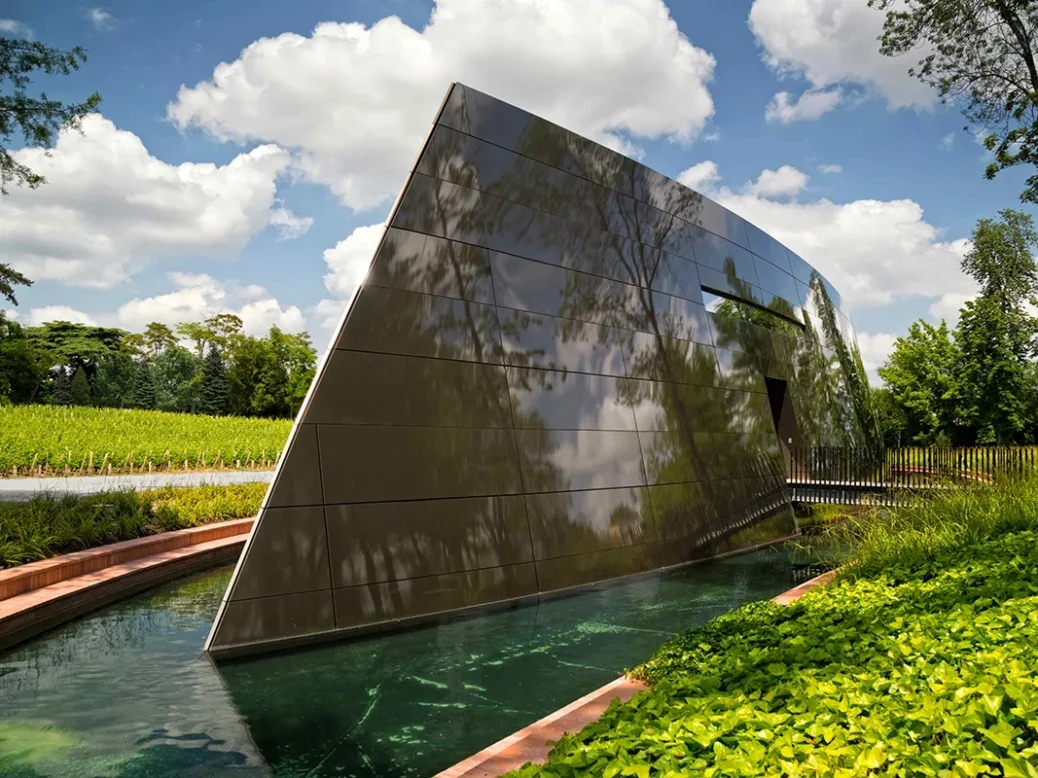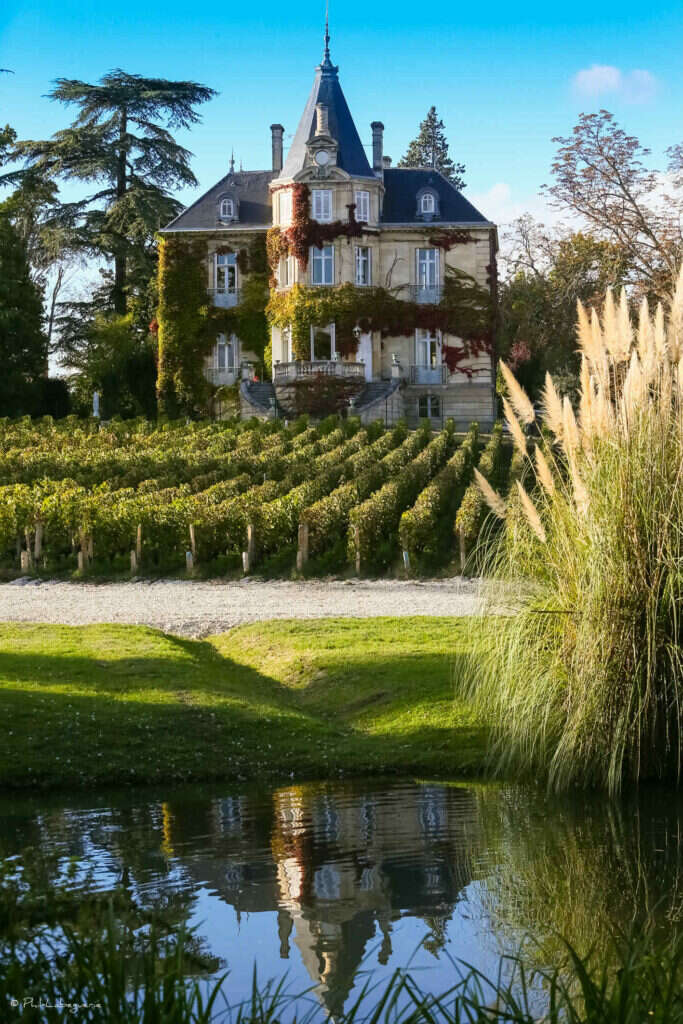
Winemaker Guillaume Pouthier has overseen a quiet revolution at Château Les Carmes Haut-Brion, says Simon Field MW, and the estate is catching up fast on its illustrious namesakes.
When one contemplates the monastic influence on wine, one usually settles on Burgundy and the Benedictines, most specifically the Cistercian and Cluniac orders. Bordeaux’s history has a more secular tint, its story starting later, by which time commerce was no longer influenced by God. One can, however, usually rely on the Pontac family of Haut-Brion to provide a flourish of nostalgia, and, sure enough, they were the ones who, in the late 16th century, gifted part of their estate to the order of the Carmelites, although the extent to which the monks put the vines to use is not known.
It was down to their successors, the Chantecaille family, to take forward the vinous aspirations, protecting the vines with an exterior wall (it therefore qualifies as a clos) and building a faux-Renaissance chateau in the Hansel and Gretel woods behind the vineyard. Despite the proximity of both Haut-Brion (QED) and La Mission Haut-Brion, Les Carmes Haut-Brion is the only winery officially located within the city of Bordeaux. This, of course, plays a part in a very specific micro-climate, with the heat of the city influential in banishing frost (good) but also in raising average temperatures (not so good).

The property was rescued from its reputation as a perennial under-performer when, in 2010, it was bought by local real estate baron, Patrice Pichet, who then subsidised a decade of revitalisation. I do not consider it an exaggeration to say that Les Carmes is now amongst the most interesting and even inspiring properties on the Left Bank of Bordeaux, its reputation gaining ground on its two lofty namesakes.
How so? Best to ask the charismatic winemaker Guillaume Pouthier. Pouthier cut his teeth working with Michel Chapoutier in the Rhône valley, thereby simultaneously learning about the virtues of biodynamic viticulture and the challenges of working in a demanding environment. Sustainability, if not biodynamism, is his watchword here; and when we taste we can, through the window of the tasting room, see the horse ploughing the land. I forgot to ask its name, which was rather remiss.
Guillaume identifies four factors which single out Les Carmes de Haut-Brion. Firstly, as we have seen, its urban environment; second its high percentage of Cabernet Franc in the blend (the highest on the Left Bank, he tells me); thirdly, the extreme delicacy of the maceration (it’s an infusion, he tells me, and over an extended period); and finally the use of whole-bunch fermentation.
This last technique is the most controversial; one simply does not associate the process with a maritime climate and thick-skinned varietals, which themselves struggle to ripen, let alone their stalks. Guillaume is unfazed and advises that in a hot vintage like 2022 the process makes a lot of sense; the stalks were ripe, but their inherent acidity and their structural imposition on the must itself has been such to significantly alter the profile of the wine. Natural acidity is raised, and the alcohol level lowered, in this instance by a whole degree, to 13.5%. The concomitant intracellular fermentation is the catalyst to a flavor profile which offers something different; not only the inherent freshness and perceived salinity, but also a particular orange-mandarin flavor which sits harmoniously with the more usual dark fruit descriptors of cassis, plum, and so forth.
2022 Bordeaux Field notes: Heightened expectations
2022 Bordeaux Field notes: St-Emilion—the view from Clos Fourtet
We are lucky to have this Cabernet Franc, Guillaume tells me. The enclosed 7ha (17 acres) are marked by shallow and very fine gravel (finer than at Haut-Brion itself), then a fortuitous combination of clay and limestone, ideally suited to the retentive duties of a hot year. The other significant environmental feature is a stream which runs through the vineyard (the Peugue), not only tempering the microclimate once again, but also providing a berth for the shimmering new winery, built by Philippe Starck. Gravitationally functional, and ineffably beautiful, the winery resembles the inverted prow of a ship, and adds yet more aesthetic appeal to this magical oasis. All is very calm on this ship; it appears set fair to weather any controversy with ease.
There is indeed a great deal of excitement focused on Pouthier’s work, and, as expected, not a few critics. A quiet revolution, some have said. It brings to mind, somewhat whimsically it has to be said, the revolution which seals the fate of the nuns at the end of Poulenc’s Dialogues des Carmélites, one of the 20th century’s bleaker operas (there are a few to choose from). One by one the nuns graciously succumb to the guillotine; the Age of Terror is in full swing. One can rest assured that the vinous revolution at les Carmes will be a little less fractious, but it may, for all that, have a significant stylistic bearing on the style of the Bordeaux wines of the future.






